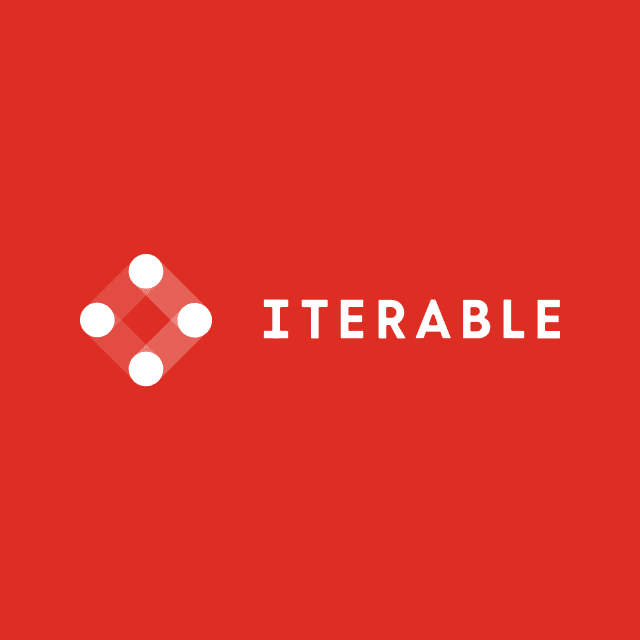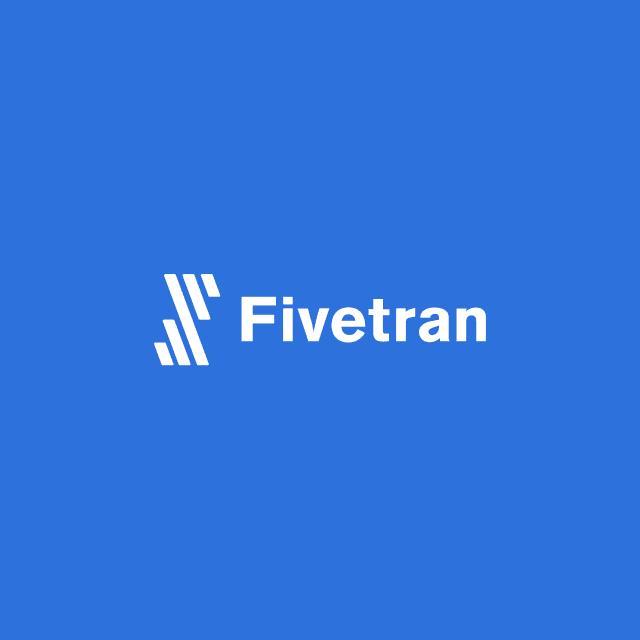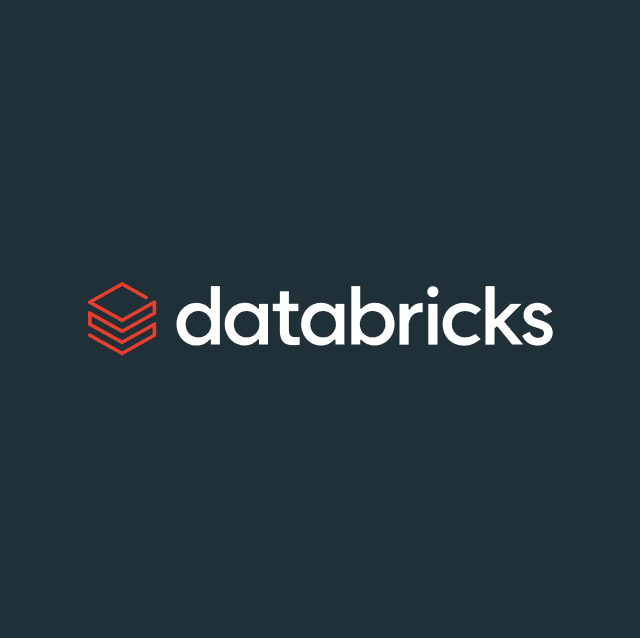Customer retention has overtaken acquisition as the key driver of growth. More businesses now focus on keeping existing customers engaged rather than constantly chasing new ones. Marketing teams are shifting toward building stronger relationships and delivering better experiences that foster loyalty and repeat business.
However, recognizing the value of retention is only half the battle. Too often, companies rely on outdated tactics, loyalty programs, gut instinct, or reactive win-back campaigns that kick in too late to make a difference. Today’s customers expect timely, personalized engagement, not generic offers after they’ve lost interest.
This is where AI changes the game. By analyzing behavior and personalizing outreach at scale, AI empowers brands to engage customers in the moment, strengthen loyalty, and grow long-term value.
What is AI in customer retention?
AI in customer retention uses machine learning and AI agents to reduce churn, increase loyalty, and grow customer lifetime value. Rather than relying on one-size-fits-all campaigns, AI systems learn from real customer behavior to make tailored, timely decisions that keep individuals engaged.
For example, AI models can analyze thousands of signals, purchase history, browsing patterns, engagement frequency, to predict when someone is likely to churn, then deploy AI agents to adapt messages, offers, and timing based on each customer’s context and historical data, automatically and at scale. This AI-driven retention boosts loyalty, maximizes marketing efficiency, and increases customer lifetime value. You can also scale personalization, and with AI continuously learning, it drives smarter, more engagement over time.
The retention shift: from gut feel to intelligent systems
Historically, customer retention has relied on human intuition, broad segmentation, and lagging indicators. Marketers would define a few static segments, by age, spend level, or geography, and push out generic campaigns or loyalty offers. Personalization rarely went beyond inserting a first name. And most interventions came too late, triggered only after visible signs of churn, like a drop in activity or cancellation.
This reactive model struggles in today’s data-rich world. It depends on gut feel and delayed metrics, missing early behavioral cues that indicate dissatisfaction. Worse, static segmentation fails to capture the nuances of individual behavior. Two customers might look identical on paper, but churn for completely different reasons. While a marketer can manually personalize outreach for a handful of VIPs, doing the same across thousands of users is impossible. The result was generic messaging, poor timing, and low engagement.
AI flips the traditional playbook. Instead of reacting to churn, it predicts and prevents it. Machine learning models continuously analyze customer signals, like reduced usage, shifting spend, support tickets, or changes in sentiment, to flag at-risk customers early. These systems detect subtle patterns humans often miss and score churn risk more precisely.
That’s not all: AI also automates the response. AI agents automatically and at scale personalize offers, messages, and timing for each customer based on their behavior, preferences, and context. These AI systems operate 24/7, constantly learning from customer responses and changing their decisions for each customer.
Importantly, AI doesn’t replace marketers. It augments them. By handling the heavy analysis and automating routine outreach, AI frees up human teams to focus on strategy, creativity, and relationship-building. It can highlight high-risk accounts and suggest the best decision, but humans remain essential for empathetic messaging and strategic calls.
The result is a smarter retention engine: always-on, adaptive, and personalized at scale, with AI delivering intelligence and automation, and humans bringing context and empathy.
How AI works in customer retention: from data to action
AI-driven retention follows a continuous cycle: collect data, make predictions, take personalized action, and learn from outcomes. With the right guardrails and human oversight, this system can scale personalized engagement across millions, getting smarter with every interaction.
1. Data collection: building a 360° view
It starts with unifying customer data across the lifecycle. This includes behavioral signals (clicks, app usage, feature adoption), transactional data (purchases, renewals), and engagement metrics (email opens, support chats, survey feedback). AI systems pull from multiple sources, product logs, CRM records, and social sentiment to build each customer's rich profile. This data is best stored in a centralized data warehouse for security, accessibility, and ease of integration.
The richer and more current the data, the better the AI can spot patterns that drive loyalty or signal churn. Real-time integration is critical so the system reacts to the most recent behaviors, not outdated snapshots.
2. Guardrails: aligning AI with brand strategy
Before taking action, you must define constraints to ensure AI aligns with brand tone, compliance, and customer preferences. These include frequency caps, channel priorities, and opt-out rules.
For example, a business might set rules like “no more than three outreach messages per customer per week” or “never contact unsubscribed users.” These parameters ensure AI operates ethically and preserves customer trust. Humans define the strategy, and the AI optimizes within it.
3. Personalization and action: tailored engagement at scale
With data and rules in place, the AI determines what each customer needs and when to deliver it. This is where AI agents and automated workflows come in. If a customer’s usage drops, the system might trigger a personalized email highlighting an underused feature or a relevant offer. If another user showed interest in eco-friendly products, the AI might tailor a win-back message around new sustainable items.
Every element, content, timing, offer, and channel is dynamically adapted to the individual. And AI delivers these messages through the customer’s preferred channel, email, SMS, push, in-app, or chatbot, maximizing the chance of response.
4. Feedback loop: continuous learning and optimization
After every action, the AI tracks the result. Did the customer click, reply, or convert? Did they churn anyway? This feedback feeds back into the model to fine-tune future decisions. Over time, the system learns what works, adjusting content, timing, and channels to increase retention.
Some platforms use reinforcement learning, where the AI is “rewarded” for actions that drive long-term loyalty and discouraged from short-term wins that don’t stick. The more the system runs, the sharper its predictions and recommendations become.
AI use cases in customer retention: how it works in the real world
AI isn’t just a buzzword in customer retention strategies; it’s a force multiplier. From re-engaging silent customers to fine-tuning loyalty campaigns, the following use cases show how AI delivers measurable impact across the entire retention journey.
Winback
AI transforms winback campaigns from generic blasts to precision outreach. Instead of emailing every lapsed customer, AI identifies who’s worth re-engaging based on past behavior, lifetime value, and early churn signals.
It also optimizes timing, triggering messages at high-impact moments, like when a lost customer’s favorite product restocks or a key feature goes live. This ensures outreach lands when customers are most likely to respond. AI can tailor offers to each user’s reason for leaving, sustainability fans get eco-product updates, and price-sensitive shoppers get discounts. The result is better engagement and higher returns. Customers are far more likely to come back and stay when the message feels personal and timely.
Customer service automation
AI-powered chatbots and virtual assistants offer 24/7 support, resolving issues instantly and freeing up human agents for more complex tasks. Beyond FAQs, AI routes inquiries based on urgency and sentiment, escalating serious cases and resolving simple ones automatically. It also automates follow-ups, checking in after a support case or alerting customers when known issues are fixed, building trust, and reducing churn.
By combining speed, context awareness, and proactive outreach, AI improves CSAT and first-contact resolution while keeping service quality high. The most effective setups are hybrid: bots handle routine queries and hand off to humans when empathy or nuance is needed. Done right, AI turns support from a cost center into a loyalty driver.
Product usage nudges and in-app guidance
Customers often churn not because they dislike a product, but because they don’t fully adopt it. AI combats this with in-product nudges that guide users toward high-value behaviors, like exploring key features, completing onboarding, or building usage habits.
AI monitors usage in real time and triggers context-aware prompts. For example, if a finance app user sets a budget but skips goal-setting, the AI might prompt them with a message explaining the value of that feature. These timely nudges act like a virtual product coach, helping users succeed and stay engaged. Engaged customers stay, and AI makes scalable, personalized engagement possible inside the product experience itself.
Sentiment and feedback analysis
Customer behavior tells you what users do, but sentiment reveals how they feel. AI-powered sentiment analysis scans reviews, chat logs, surveys, and support tickets to detect frustration before it leads to churn.
By analyzing tone, keywords, and topics, AI flags emerging issues like product bugs or billing friction, helping teams respond proactively. For example, it might identify a rise in complaints tied to a new UI or flag survey responses using words like “disappointed,” prompting intervention from a support manager. By making unstructured feedback actionable, AI turns the customer's voice into an early warning system and a roadmap for keeping them loyal.
Loyalty program and campaign optimization
AI makes loyalty programs smarter by personalizing rewards, timing, and delivery. Instead of offering static perks, AI tailors incentives based on each customer’s behavior and preferences. For example, it may give free shipping to one customer, early access to products to another, or adjust reward thresholds to match recent spend. In short, AI transforms loyalty programs from generic to strategic, delighting customers and deepening long-term retention.
Choosing the right AI tools for retention
Implementing AI for customer retention isn’t a one-click fix. Success depends on choosing tools that align with your goals, data ecosystem, and team workflows. Here’s what to look for when evaluating AI solutions:
1. Outcome-focused optimization
Choose tools that prioritize business outcomes over surface-level analytics. The most effective platforms let you define and optimize for specific goals, such as reducing churn, boosting loyalty program engagement, or increasing customer lifetime value. These tools should also allow you to configure success metrics directly in the system so AI efforts stay aligned with your retention KPIs.
For example, some platforms let you set “retention” as the core objective rather than general engagement, ensuring AI agents act accordingly. If a solution markets itself for retention, it should focus on predictive signals like churn risk, upsell potential, or NPS, not just analyze customer data.
2. Strong integrations and real-time connectivity
AI is only as good as the data it can access and the channels it can act in. Look for tools that integrate easily with data warehouse, where all of your customer data is held. The AI should be able to ingest rich customer signals (purchases, behaviors, support history) and activate touchpoints across the journey.
Robust integration means faster time to value and hyper-personalization at scale. For instance, an AI platform with native connectors to tools like Hubspot, Salesforce, and Zendesk can instantly tap into customer context and trigger personalized actions. If real-time responsiveness is important—say, for live churn scoring or on-site personalization, ensure the platform handles up-to-the-minute data.
3. Autonomous agents and scalable automation
One of AI’s biggest promises is scale. Don’t settle for tools that only surface predictions your team must act on manually. Look for platforms with autonomous agents or automated workflows that act on insights, sending personalized messages, adjusting offers, or optimizing customer journeys in real time.
Some advanced tools use AI agents to conduct 1:1 personalization, regardless of scale, adapting to each customer’s behavior with little human intervention. When evaluating tools, ask: Can it personalize content dynamically? Can it use machine learning to respond to evolving conditions, rather than follow static rules? The more autonomy (with controls), the more scalable and effective your retention efforts become.
4. Transparency and actionable insights
While automation is valuable, teams still need visibility into why AI is doing what it’s doing. The right solution offers not just scores and predictions, but clear, human-readable insights, like why a segment is at risk, or which behaviors signal loyalty.
Look for features like dashboards of retention drivers, natural language explanations of segments, or the ability to drill into individual churn scores and see what’s contributing. These insights don’t just justify AI actions; they fuel more innovative strategies.
The best tools function like intelligent teammates, automating where possible, while giving your team clear windows into customer dynamics and letting you fine-tune based on your expertise.
AI retention strategies by industry
Retention isn’t one-size-fits-all. AI drives results by aligning with each industry’s highest-leverage opportunities, reducing SaaS churn before renewal, increasing repeat purchases in e-commerce, or scaling customer success in B2B. The value lies in precision: AI targets the moments and behaviors that matter most, making retention more proactive, personalized, and profitable.
SaaS (Software-as-a-Service)
Retention is critical in SaaS, where churn cuts into recurring revenue. AI helps spot risks early by analyzing product usage, engagement, and support patterns.
For example, AI can flag the account well before renewal if usage drops and outreach is ignored. Once flagged, AI triggers action: personalized training tips, in-app suggestions, or automated re-engagement emails. It also improves onboarding by nudging stalled users to reach activation, a key retention driver.
AI also identifies upsell-ready accounts, prioritizing those hitting plan limits or exploring premium features. Platforms like Churned.io offer scores for churn risk and upsell potential to focus team efforts. In short, AI acts like a full-time analyst, helping teams reduce churn and drive expansion.
E-commerce (retail & online shopping)
In e-commerce, retention means more repeat purchases and higher lifetime value. AI boosts both through personalization and smart re-engagement. Product recommendations help by tailoring suggestions based on browsing and buying history. Whether it's a matching lens for a new camera or timely seasonal picks, these recs keep customers exploring.
Cart recovery and win-back campaigns also benefit. AI personalizes follow-up based on customer behavior, offering discounts, free shipping, or adjusting timing. It identifies high-value lapsed customers and tailors offers to bring them back.
Media & entertainment (streaming, gaming, publishing)
AI powers personalization and proactive engagement to keep users hooked. Churn prediction works by analyzing consumption habits such as binge behavior, drop-offs, or genre fatigue. Personalized content is delivered through recommendation engines that adapt to taste, timing, and context. Real-time adjustments include changing content mix or difficulty level mid-session, sending curated playlists, or issuing apologies and offers after service hiccups, all helping to sustain loyalty.
Financial services & fintech
Retention here depends on trust, ease, and personalization. AI reinforces all three. Predictive insights help detect early signs of churn, like reduced transactions or balance shifts. This enables timely outreach to retain at-risk users. Smart recommendations tailor financial advice, savings tips, or product suggestions based on user behavior. Neobanks use this to boost satisfaction and stickiness.
Fraud and issue detection improves by catching anomalies such as suspicious activity, duplicate charges, or outages, and resolving them before users complain. This builds trust and prevents attrition. Used well, AI helps financial firms stay relevant, helpful, and secure, which is key to long-term loyalty.
Closing thoughts
AI is reshaping customer retention into a more proactive and personal discipline. It helps brands spot churn risks early, automate the right message at the right time, and adapt every touchpoint to customers' needs. This leads to more relevant experiences, fewer missed opportunities, and stronger long-term loyalty.
With AI Decisioning, Hightouch makes this shift real, enabling marketers to deliver true 1:1 personalization at scale. If you're looking to build more responsive, customer-centric journeys that grow retention and revenue, book a demo with Hightouch.















